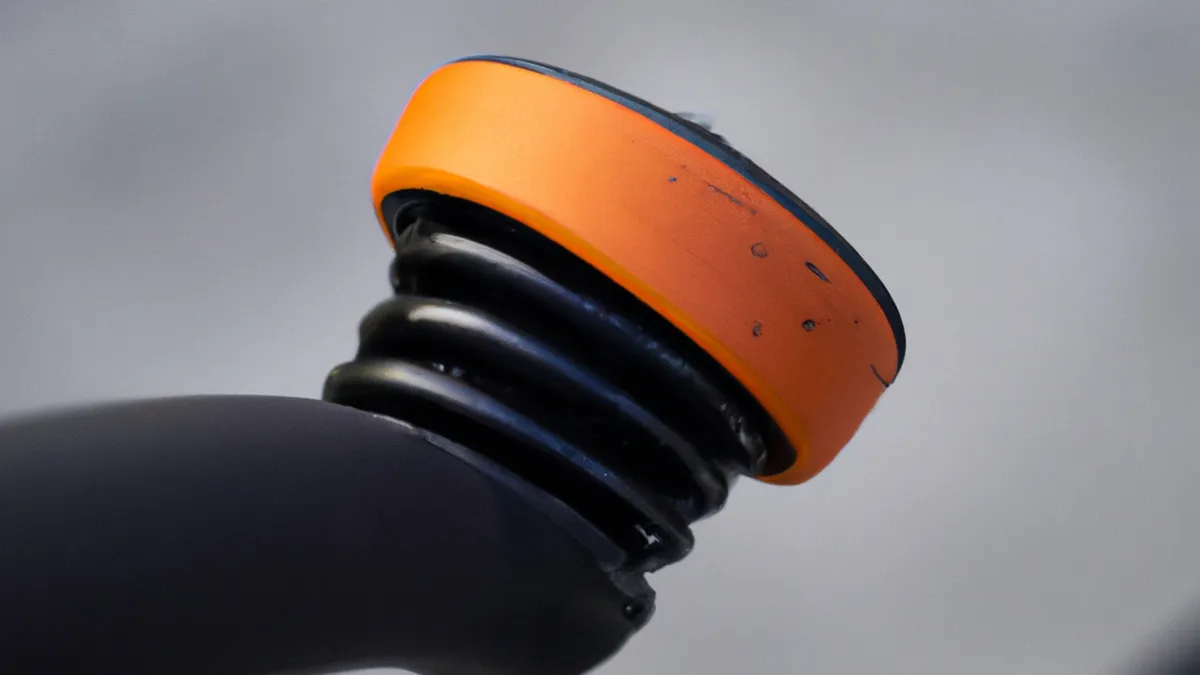Maintain Core Fitness to Reduce IT Band Pain
The Role of Core Stability in IT Band Pain Prevention
Runners and cyclists often experience iliotibial band (IT band) pain. This pain arises when the IT band, a thick tissue on the thigh’s outside, becomes inflamed. Inflammation causes discomfort and limits training ability. Fortunately, improving core stability can significantly lower the risk of IT band pain. This post explores the connection between core stability and IT band health, providing practical tips to enhance your stability.
Understanding the IT Band
The IT band extends from your hip to your knee. It stabilizes the knee during movement. However, poor biomechanics, muscle imbalances, and weakness can cause IT band syndrome. Weak hip and core muscles can overwork the IT band, leading to pain and discomfort.
Why Core Stability Matters
Core stability involves the strength and control of your abdomen, pelvis, and lower back muscles. These muscles form a solid base for movement. A strong core effectively supports your limbs. This support improves alignment and reduces strain on the IT band.
A stable core enhances movement patterns, alleviating excess pressure on the IT band. Studies indicate that individuals with weak core muscles face a higher risk of IT band pain. Thus, improving core stability is crucial for injury prevention.
Tips for Improving Core Stability
1. **Incorporate Planks into Your Routine**
Planks strengthen the entire core. Start with a basic plank for 20-30 seconds. As you progress, increase the duration or add side planks for a challenge.
2. **Practice Glute Bridges**
Glute bridges target your glutes and lower back. Lie on your back, lift your hips, and squeeze your glutes. Hold briefly, lower, and repeat 10-15 times.
3. **Add Rotational Exercises**
Rotational movements, like Russian twists, improve core stability. Sit on the floor with bent knees, lean back slightly, and twist your torso side to side. This exercise engages your obliques.
4. **Engage in Pilates or Yoga**
Both Pilates and yoga emphasize core strength and stability. These practices enhance flexibility and body awareness. Regularly incorporating them can yield long-term benefits.
Advice for Preventing IT Band Pain
1. **Warm Up Properly**
Always warm up before exercising. Use dynamic stretches that engage your hips, legs, and core. This preparation helps reduce injury risk.
2. **Pay Attention to Form**
Maintain proper form during exercises. Poor biomechanics can overwork the IT band. Ensure your knees track over your toes while running or cycling.
3. **Gradually Increase Intensity**
Avoid sudden increases in mileage or intensity. Follow the 10% rule: increase distance or intensity by no more than 10% weekly. This gradual approach helps your body adapt.
4. **Consider Footwear**
Proper footwear significantly influences biomechanics. Wear appropriate shoes for your activity and replace worn-out pairs regularly for support.
Benefits of Core Stability for Runners and Cyclists
Improving core stability provides numerous benefits beyond preventing IT band pain. First, a strong core enhances overall performance. It facilitates better power transfer during running and cycling, improving speed and endurance.
Second, core stability promotes proper posture. Good posture helps prevent compensatory injuries. Correct alignment allows for more efficient movement.
Finally, a strong core improves balance and coordination. This enhancement benefits athletes, enabling quicker adjustments during activity. Consequently, you can avoid falls and injuries.
Conclusion
Core stability plays a vital role in preventing IT band pain. Incorporating core-strengthening exercises into your routine reduces injury risk. Additionally, maintaining proper form and gradually increasing intensity will further protect your IT band. A strong core enhances overall athletic performance, so prioritize core stability for a pain-free, active lifestyle.
Below are related products based on this post:
FAQ
What is the IT band and how does it contribute to pain in runners and cyclists?
The IT band is a thick band of tissue that runs along the outside of the thigh from the hip to the knee. It helps stabilize the knee during movement. Pain occurs when this band becomes inflamed due to poor biomechanics, muscle imbalances, or weakness, particularly in the hip and core muscles, which can overwork the IT band, leading to discomfort.
How does core stability help in preventing IT band pain?
Core stability involves the strength and control of the abdomen, pelvis, and lower back muscles, providing a solid base for movement. A strong core supports the limbs, improving alignment and reducing strain on the IT band. Enhanced movement patterns alleviate excess pressure on the IT band, significantly lowering the risk of pain and injury.
What exercises can I do to improve my core stability?
To improve core stability, incorporate exercises such as planks, glute bridges, and rotational movements like Russian twists into your routine. Additionally, engaging in practices like Pilates or yoga can enhance core strength and flexibility, contributing to long-term stability and injury prevention.















Post Comment